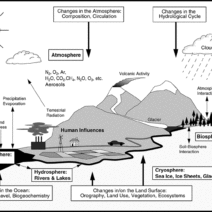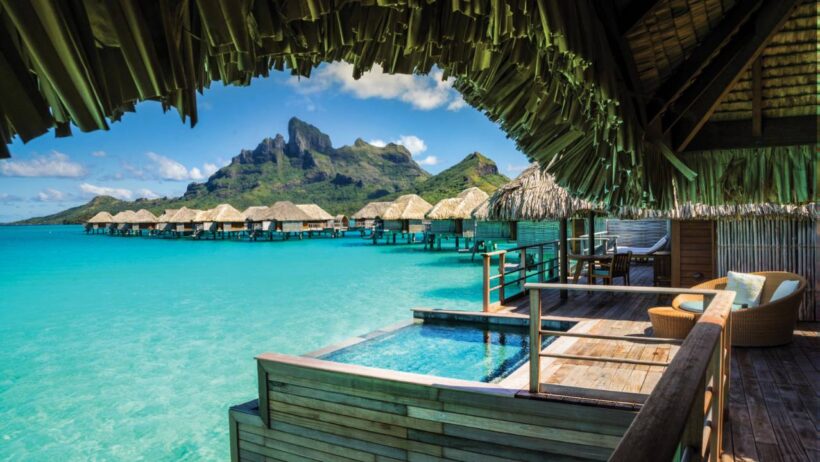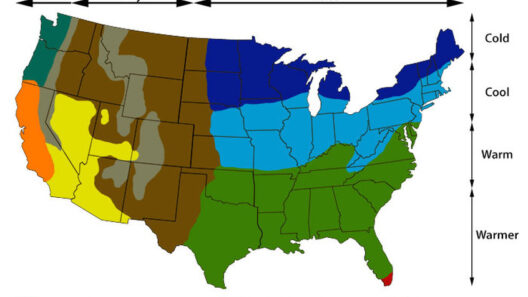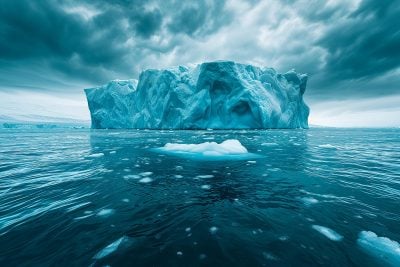Bora Bora, a jewel nestled in the heart of the South Pacific Ocean, captivates the hearts of travelers with its enchanting landscapes and idyllic climate. A quintessential tropical paradise, it invites visitors to bask in its unique climatic conditions and experience the allure of island life. The climate of Bora Bora is predominantly tropical, characterized by warm temperatures, abundant rainfall, and gentle breezes, all of which contribute to its lush, verdant environment.
At the core of Bora Bora’s climatic appeal is its temperature, which remains relatively stable throughout the year. Average highs hover around 85°F (29°C), while average lows dip to a comfortable 70°F (21°C). Such mild daytime temperatures coupled with refreshing evenings create an inviting atmosphere, perfect for exploration and relaxation alike. However, the island’s location just south of the equator introduces a nuanced dynamic to its weather patterns, necessitating a deeper understanding of its seasonal variations.
The year is divided into two main seasons: the dry season and the wet season. The dry season, extending from May to October, is characterized by lower humidity levels and minimal rainfall. It is during this period that Bora Bora enjoys its sunniest days, with clear skies allowing the sun to illuminate the radiant lagoon in spectacular fashion. Tourists flock to the island during these months, drawn by the allure of outdoor adventures and the opportunity to engage in activities such as snorkeling, scuba diving, and hiking.
Conversely, the wet season spans from November to April and is marked by significantly higher humidity and increased precipitation. This period experiences tropical rain showers, often brief but intense, accompanied by occasionally tumultuous winds. Despite the rain, many travelers are still enamored by Bora Bora during these months. The invigorating downpours contribute to the island’s vibrant foliage, transforming its landscape into a lush, green paradise. This season less frequented by tourists offers a tranquil retreat, allowing visitors to immerse themselves in Bora Bora’s serene beauty and enjoy the rich biodiversity without the bustling crowds.
The intricate interplay between Bora Bora’s flora and climate plays a pivotal role in preserving its unique ecosystem. The presence of rich tropical vegetation, including coconut palms, hibiscus, and banyan trees, is a testimony to the island’s fertile soil and ample rainfall. These plants are not only visually stunning but also vital for sustaining the wildlife that call Bora Bora home. The climate fosters a habitat for diverse species such as seabirds, reef fish, and even the occasional turtle, rendering the island a thriving sanctuary brimming with life.
Moreover, Bora Bora’s climatic conditions significantly influence the local culture and lifestyle. The islanders have adapted their practices to align with the rhythms of nature, cultivating crops that thrive in the tropical climate. Patches of taro, breadfruit, and vanilla contribute to the traditional Polynesian diet, showcasing an intimate relationship between the land and its people. This cultural connection is further enriched by vibrant festivals and community gatherings that celebrate the island’s heritage and bounty, reinforcing the bond between the natural environment and human experience.
Tourism in Bora Bora is a flourishing sector largely contingent on its climate. Hotels, resorts, and excursions are designed to harmonize with the tropical ambience, offering stunning views of the lagoon and surrounding mountains. The world-renowned overwater bungalows serve as perfect vantage points for guests to enjoy the sunrises and sunsets that paint the sky in stunning hues. However, this influx of visitors has raised concerns about sustainable practices in the face of climate change, an issue that warrants attention as environmental challenges loom larger on the global stage.
As the climate crisis unfolds, the delicate ecosystem of Bora Bora faces unprecedented threats from rising sea levels, increased storm activity, and coral bleaching. The island’s geographical vulnerability suggests an urgent need for proactive measures to safeguard its future. Local authorities and communities are increasingly recognizing the importance of sustainable tourism and conservation efforts, aiming to protect Bora Bora’s natural habitat for generations to come. Initiatives that promote sustainable practices, eco-friendly accommodations, and marine preservation empower visitors to contribute positively to the ecological balance while enjoying the island’s natural wonders.
The fascination with Bora Bora’s climate extends far beyond mere aesthetics. Visitors are often entranced by the extraordinary beauty of its landscapes, the comforting warmth of its sunshine, and the rhythmic lullaby of the ocean waves. These elements evoke a sense of serenity, making Bora Bora a coveted destination for those seeking reprieve from the chaos of modern life. However, amid this idyllic setting lies a deeper concern—the responsibility that comes with such admiration for the environment.
Understanding Bora Bora’s climate is essential not just for appreciating its beauty but also for fostering an awareness of the broader impacts of climate change. The collective responsibility to protect such paradises cannot be understated. As stewards of the earth, individuals must remain vigilant and proactive in mitigating the effects of climate change, promoting sustainability, and advocating for urgent action to combat environmental degradation. Through education, responsible tourism, and collective action, it is possible to cherish Bora Bora’s tropical dreams while ensuring its preservation for future generations.
In conclusion, Bora Bora stands as a vibrant testament to the splendor and fragility of our planet’s ecosystems. The island’s climate, a harmonious blend of warmth, humidity, and seasonal variations, shapes its personality and fosters a close-knit community deeply connected to the land. The thriving environment invites admiration and provides profound lessons about the interplay between humanity and nature. By embracing responsibility alongside appreciation, individuals can contribute to the enduring legacy of the island’s climate—one that continues to inspire awe and wonder.








